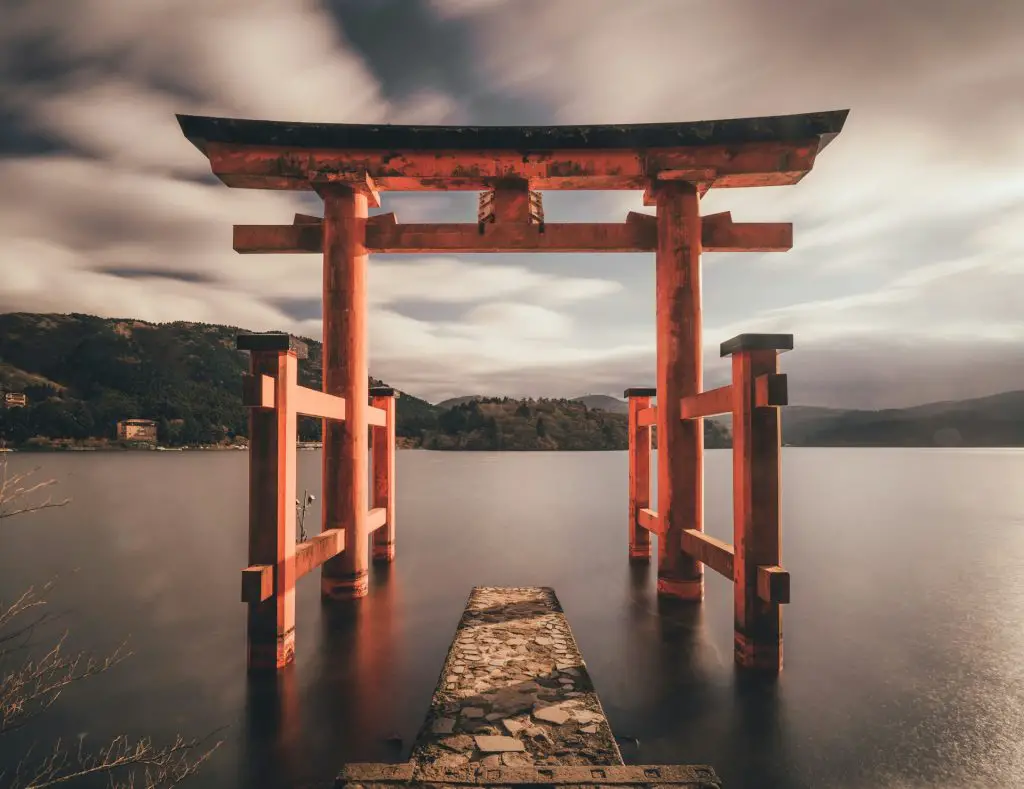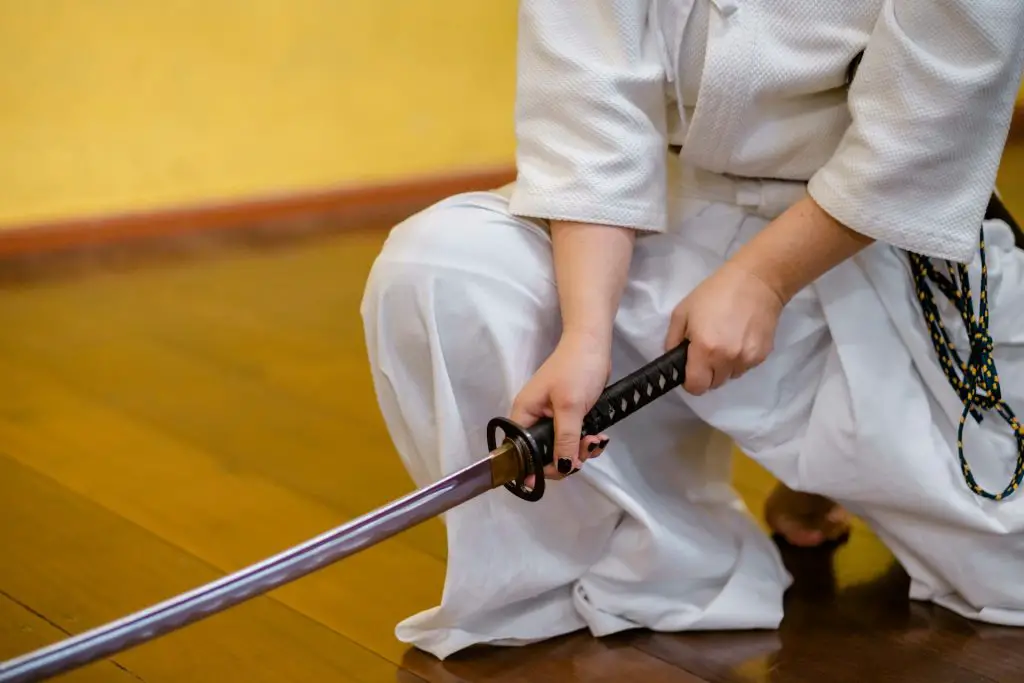The katana stands as one of history’s most revered weapons. Known for its razor-sharp blade, curved design, and deep cultural significance, this iconic sword has transcended generations. From the battlefields of feudal Japan to its place in modern martial arts, the katana remains a symbol of honor, discipline, and craftsmanship.

The Birth of the Katana in Feudal Japan
The Shift from Straight Blades
Before the katana, early Japanese warriors wielded straight-edged swords, influenced by Chinese and Korean weaponry. These blades, while effective, lacked the flexibility and efficiency needed for swift combat. The transition to curved blades during the Heian period (794–1185) marked a turning point in Japanese sword-making.
The Rise of the Samurai and the Tachi
During the Kamakura period (1185–1333), samurai warriors rose to power, and their weapons evolved to meet the demands of battle. The tachi, a predecessor of the katana, featured a curved blade designed for mounted combat. Its slashing capability proved superior to straight swords, allowing for more fluid attacks.
The Golden Age of the Katana
Refining the Blade
The Muromachi period (1336–1573) saw the emergence of the katana as the primary weapon of the samurai. Swordsmiths perfected forging techniques, using a combination of hard and soft steel to create a blade that was both sharp and durable. This innovation resulted in a sword capable of precise cuts while maintaining resilience.
The Practicality of the Katana
Unlike the tachi, which was worn with the cutting edge facing downward, samurai carried the katana with the blade facing up. This positioning allowed for faster draws and quick, decisive strikes in close combat. The sword’s efficiency made it an essential part of a warrior’s arsenal.
The Role of the Katana in Bushido
The katana was more than just a weapon; it embodied the values of Bushido, the way of the warrior. A samurai’s sword represented his soul, and losing it was considered dishonorable. The strict training, discipline, and responsibility tied to wielding a katana reinforced the warrior’s code of ethics.
The Katana in the Age of Peace
The Edo Period: A Symbol of Status
With Japan’s unification under the Tokugawa shogunate (1603–1868), large-scale warfare declined. The katana transitioned from a battlefield weapon to a symbol of social status. Samurai, now serving as bureaucrats and protectors, continued to wear their swords, but primarily as a representation of their rank and lineage.
The Decline of the Samurai Class
The Meiji Restoration (1868) brought radical changes to Japan, including the dissolution of the samurai class. The government banned the public carrying of swords, marking the end of the katana as an everyday weapon. Many blades were confiscated, melted down, or lost during this era of modernization.
The Katana’s Revival in Modern Martial Arts
The Influence of Traditional Swordsmanship
Despite the decline of the samurai, traditional swordsmanship survived through koryu (classical martial arts schools). These schools preserved the techniques, philosophies, and rituals of katana training, ensuring that the knowledge was passed down to future generations. This is helpful for those who desire to learn more about the beauty behind martial arts.
The Rise of Kendo and Iaido
Kendo, a sport derived from samurai swordsmanship, emerged in the late 19th and early 20th centuries. Practitioners use bamboo swords (shinai) and protective armor while engaging in competitive sparring. Though kendo does not involve live blades, it maintains the spirit of combat and discipline associated with the katana.
Iaido, another modern discipline, focuses on the precise drawing and cutting motions of the sword. Unlike kendo, iaido emphasizes solo practice, where practitioners perform kata (pre-arranged forms) with real or training blades. This art reinforces focus, control, and the philosophical aspects of wielding a katana.
The Katana in Pop Culture and Collecting
Influence on Film and Media
The katana’s presence in popular culture has fueled global fascination with the sword. Samurai films, anime, and video games have immortalized the weapon, often portraying it as a tool of ultimate skill and precision. Movies like The Last Samurai and Kill Bill showcase the blade’s elegance and combat effectiveness.
Collecting and Preserving the Katana
Today, authentic katana swords are highly sought after by collectors and martial artists. Whether for historical appreciation, decorative purposes, or training, the craftsmanship behind each sword continues to be respected. Those looking to own a piece of history can explore expertly crafted katana swords, such as those available at Samurai Sword Store, that honor the traditions of Japanese sword-making.

Conclusion
The katana has journeyed from the battlefields of feudal Japan to modern martial arts and global pop culture. While no longer a weapon of war, it remains a powerful symbol of discipline, honor, and tradition. Whether displayed in a collection, used in training, or admired in film, the legacy of the katana endures, reflecting the spirit of the samurai across generations.
DON'T MISS ANYTHING!
FOMO - do you have it? Well there is no need to Fear On Missing Out here at Explore With Erin. Sign up to receive updates directly to your in box. I won’t spam you, but I do promise a whole lot of awesomeness. What are you waiting for? Join Me!
PS: We hate spam too, read our Privacy Policy here.


